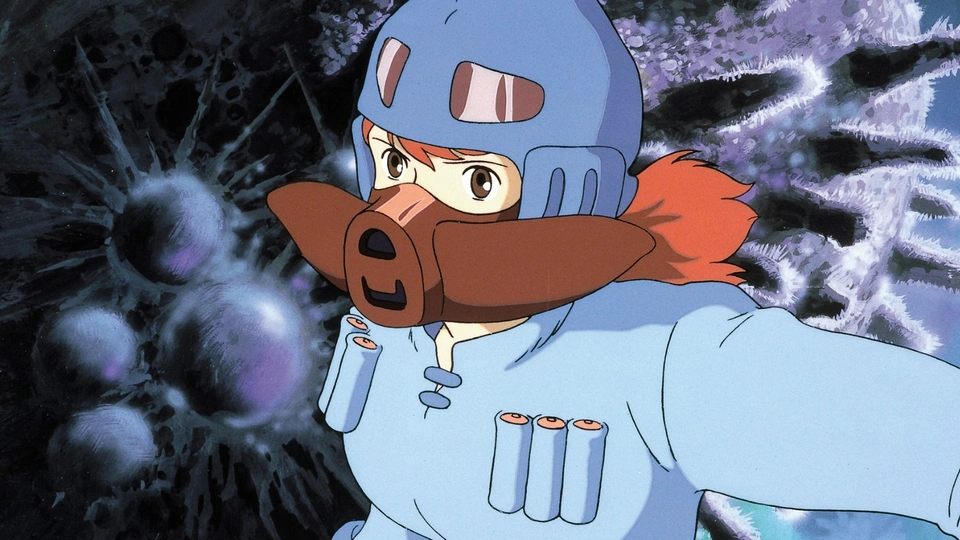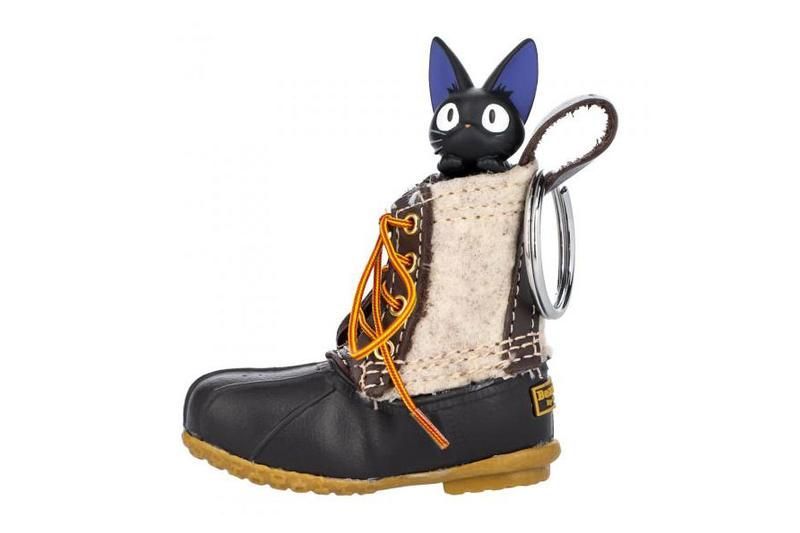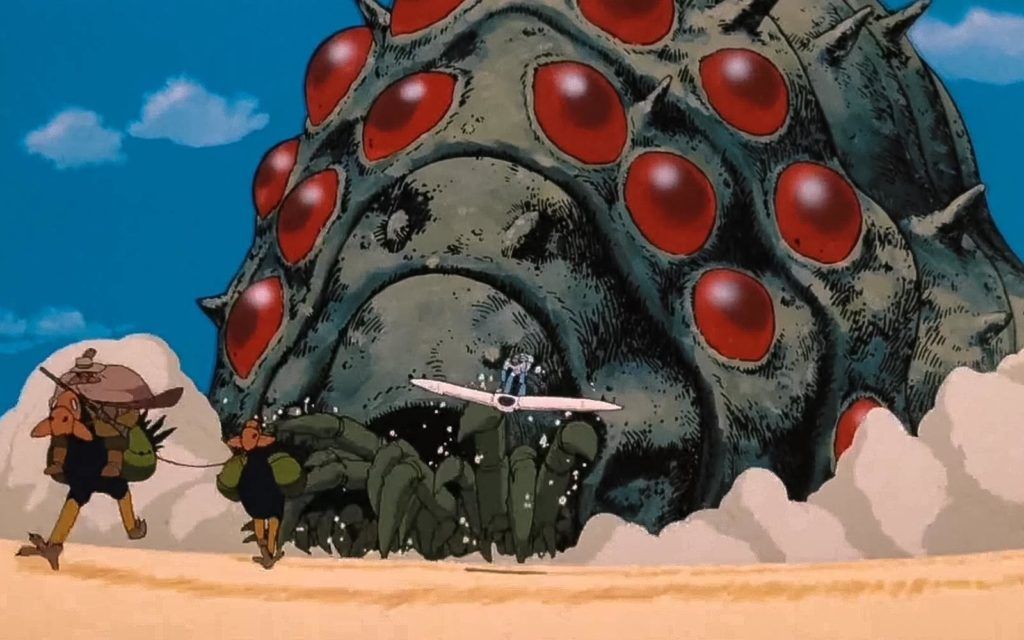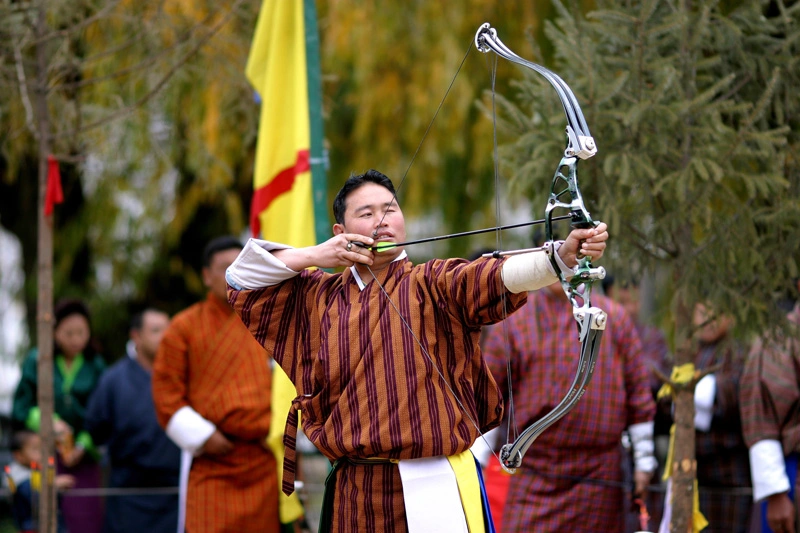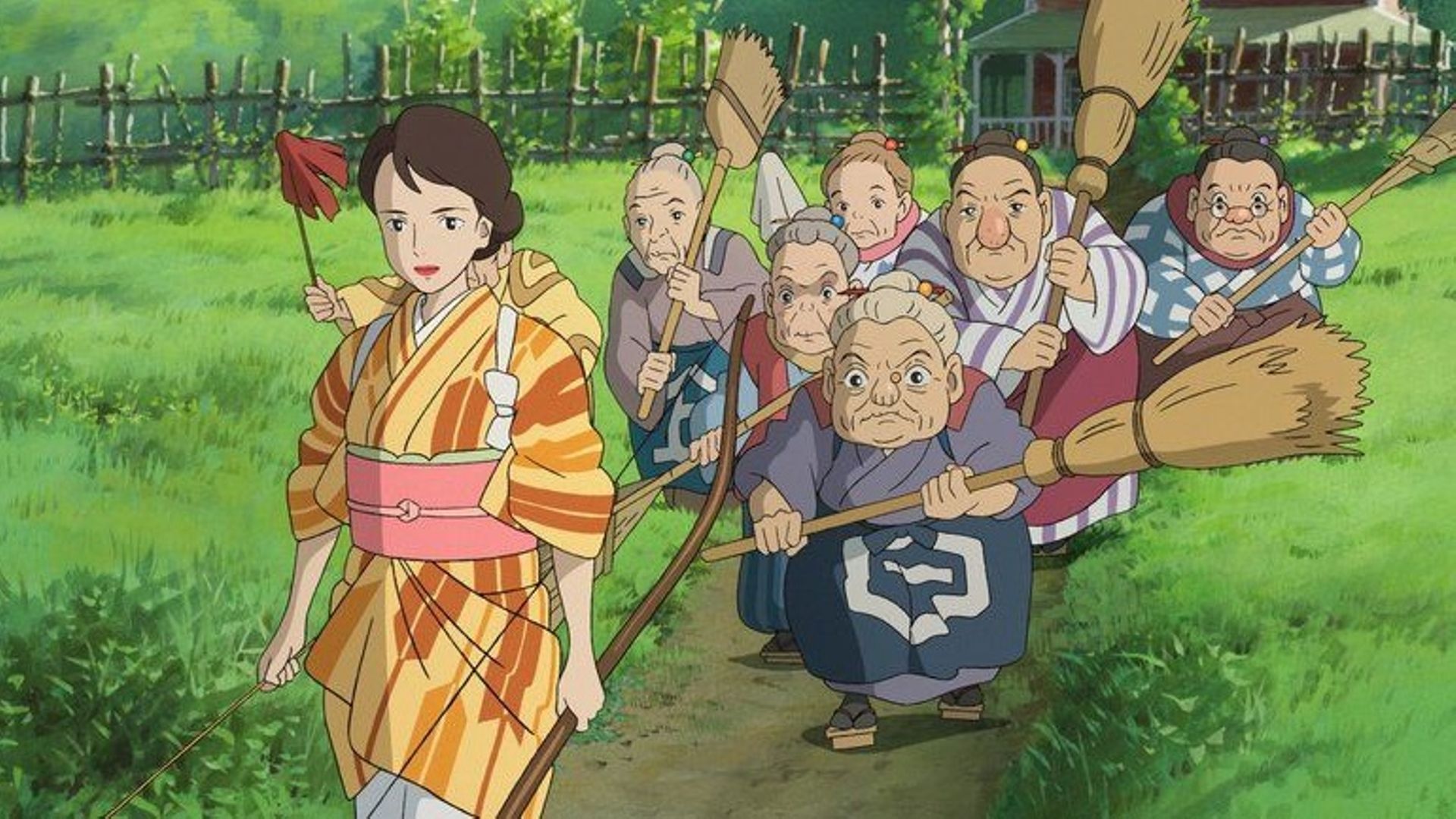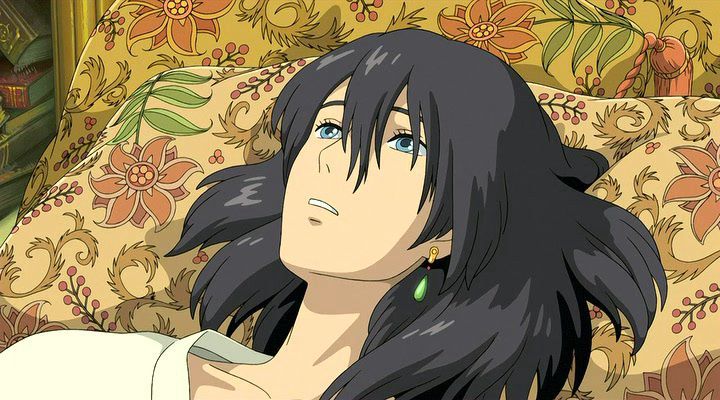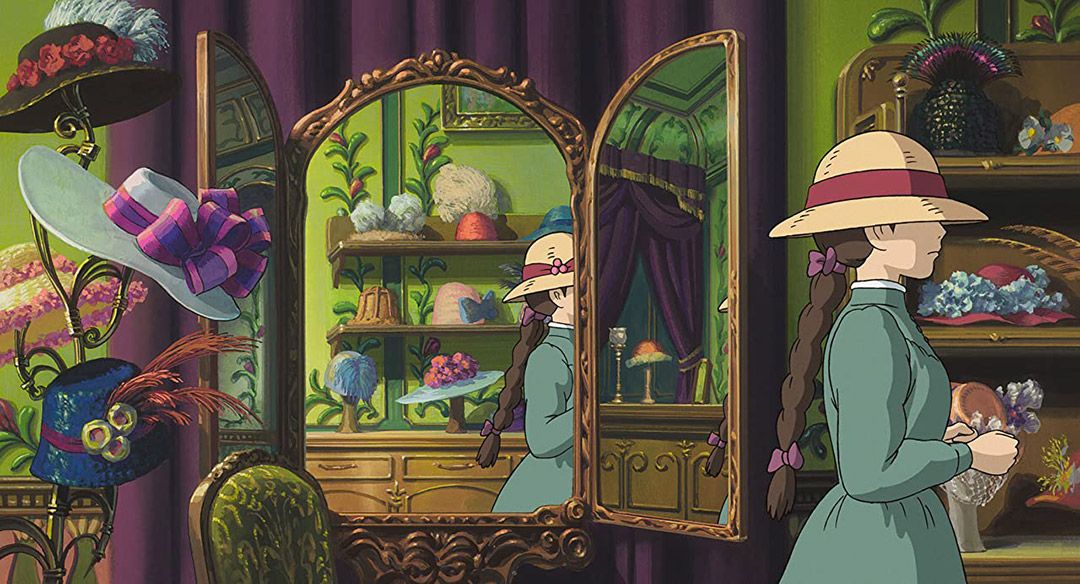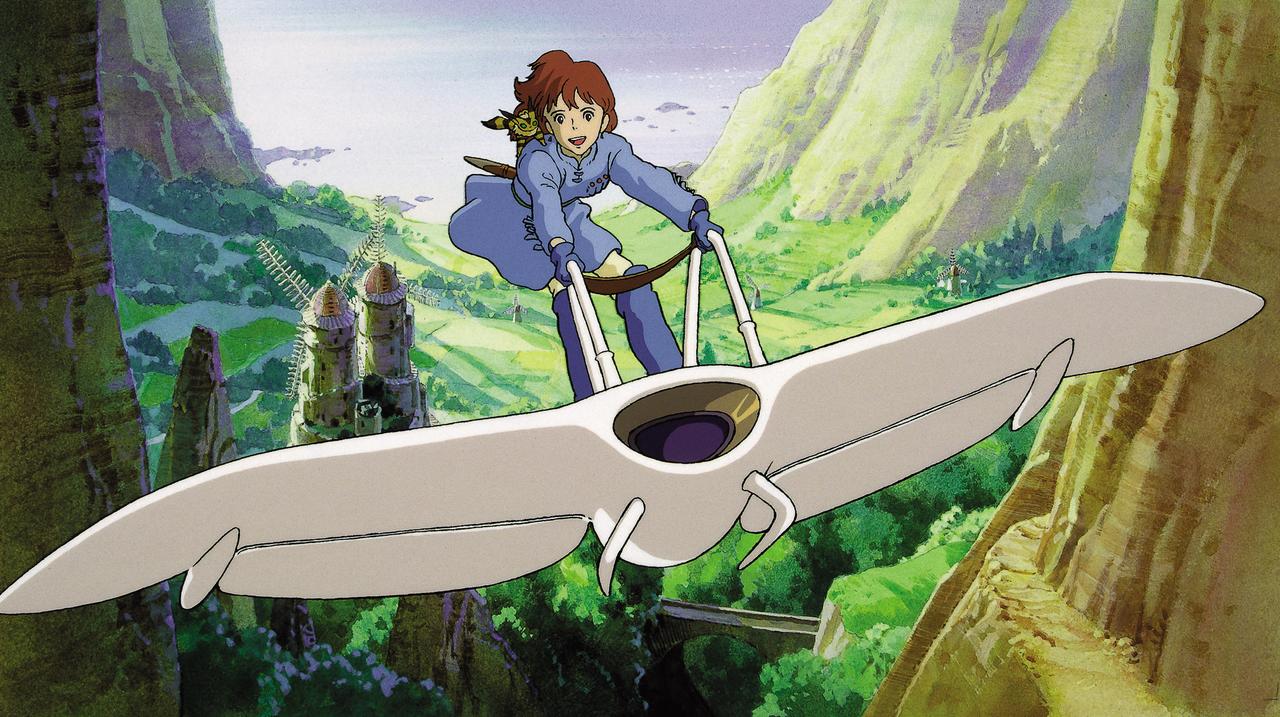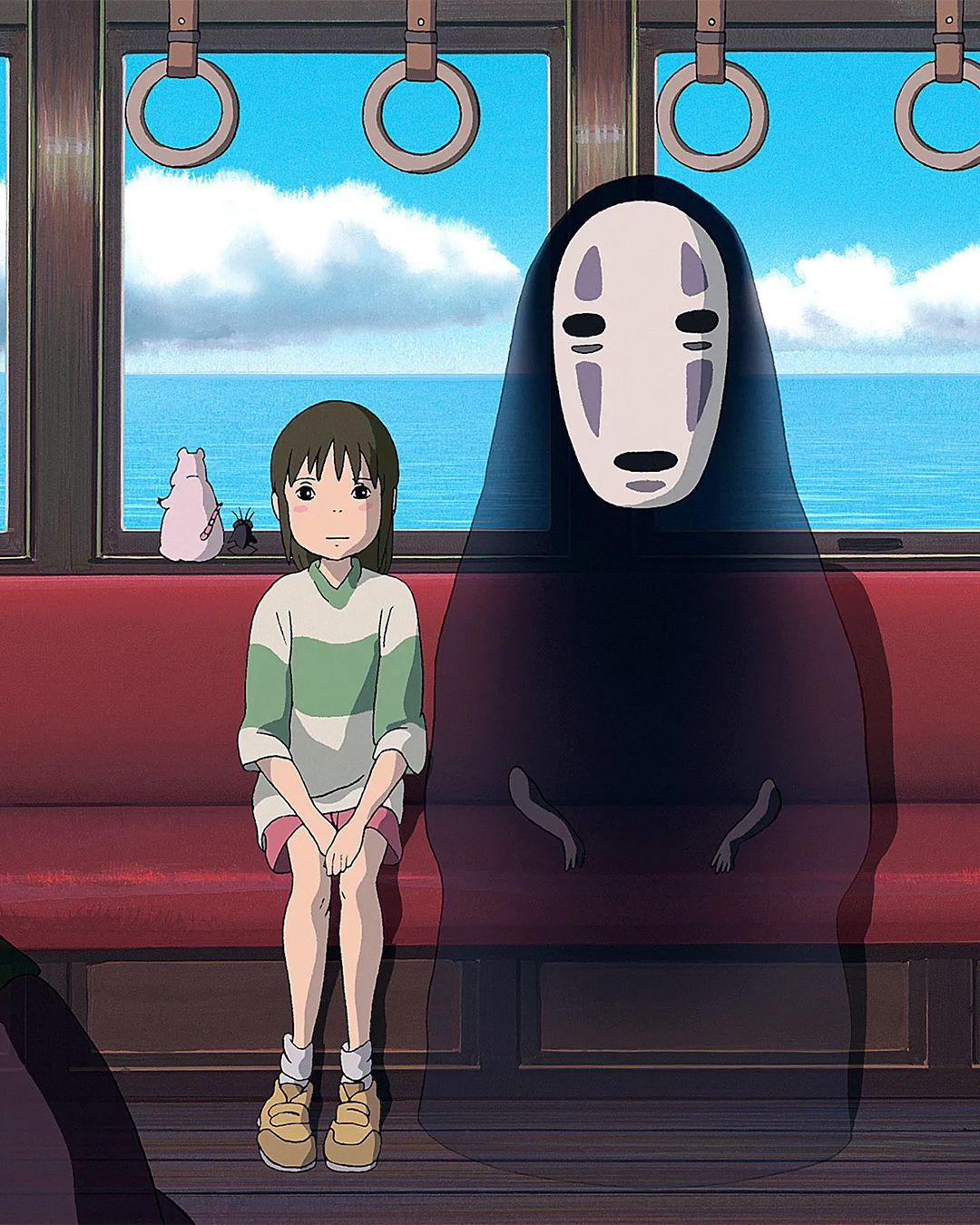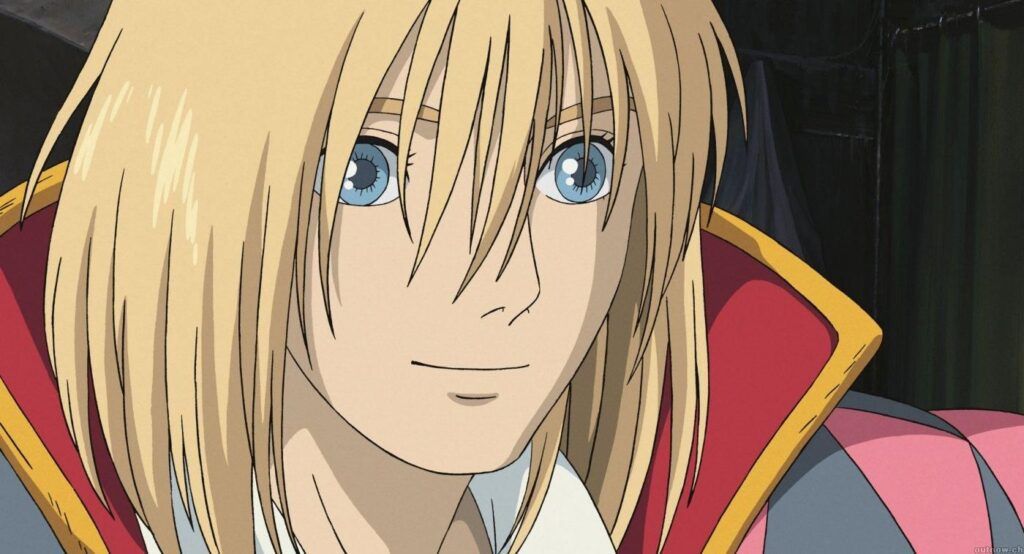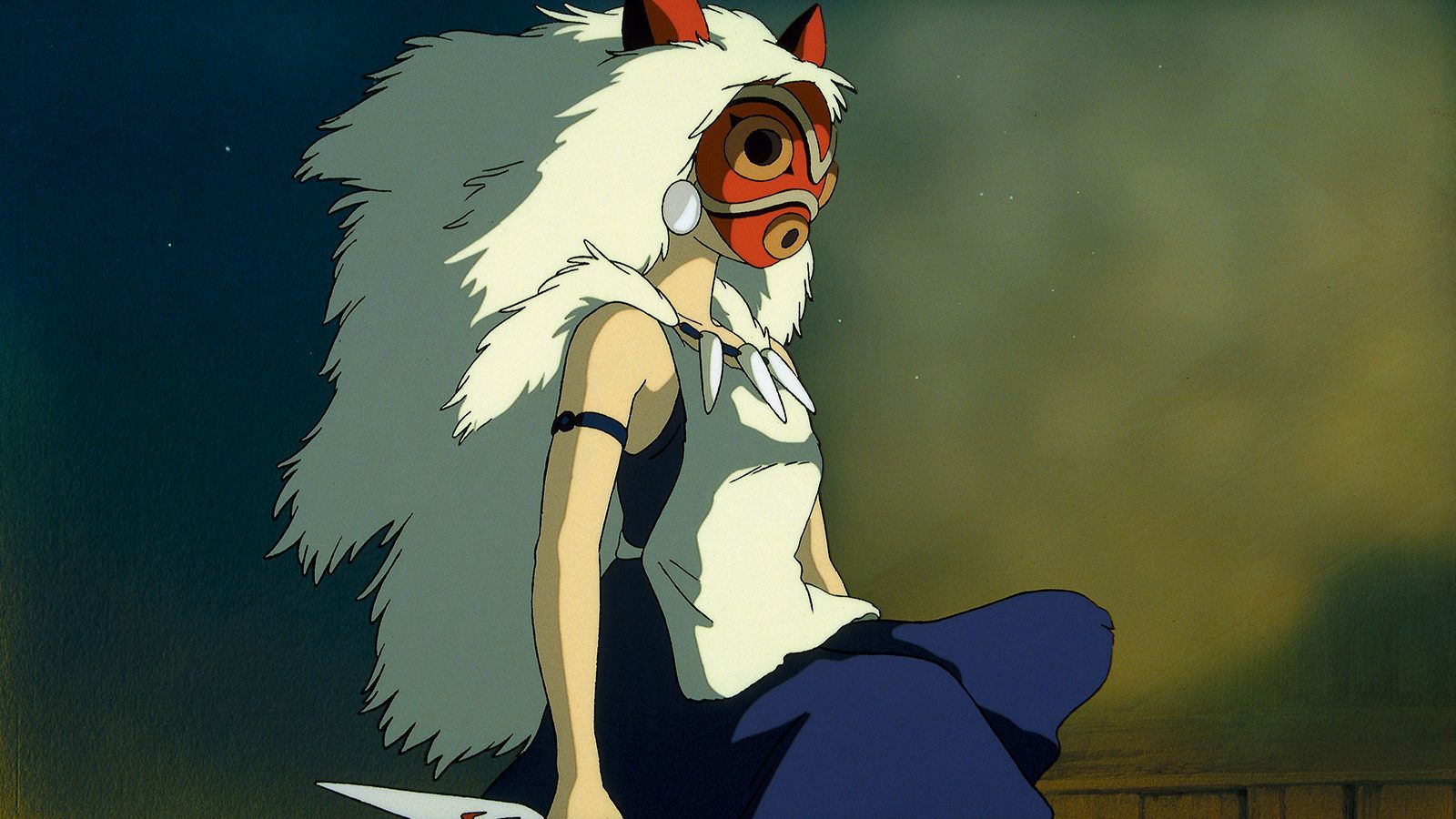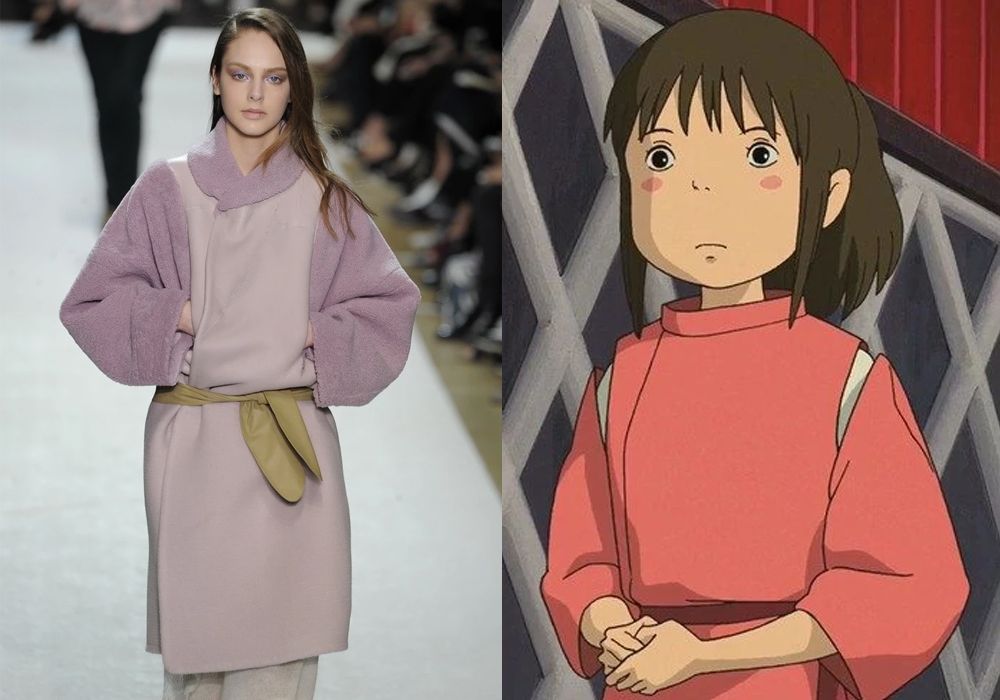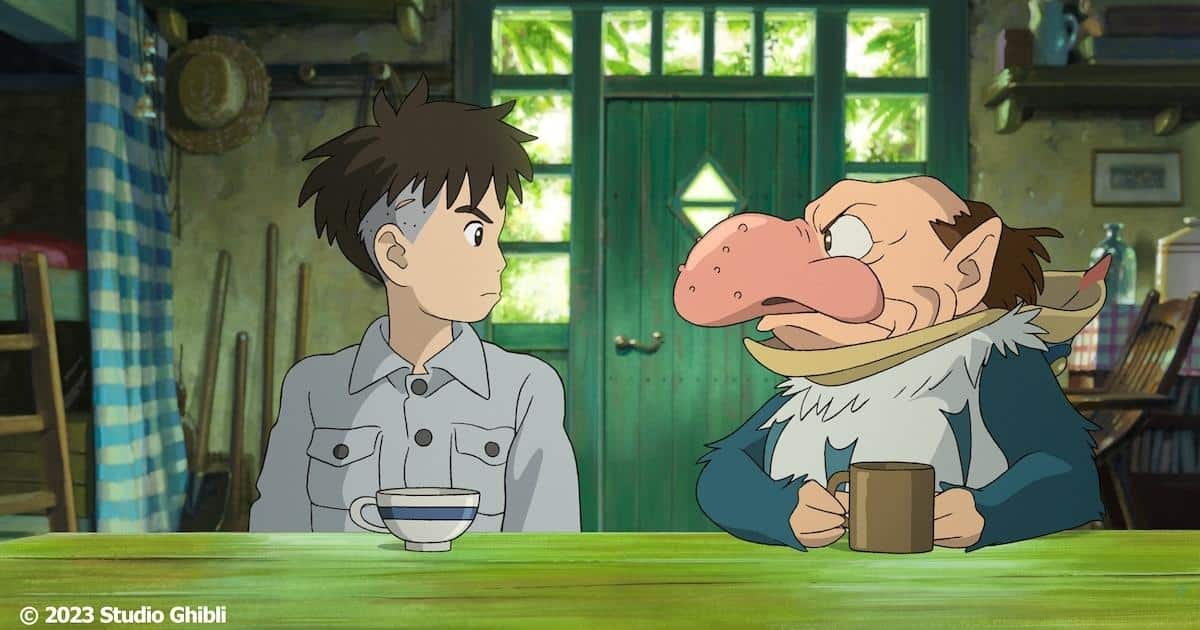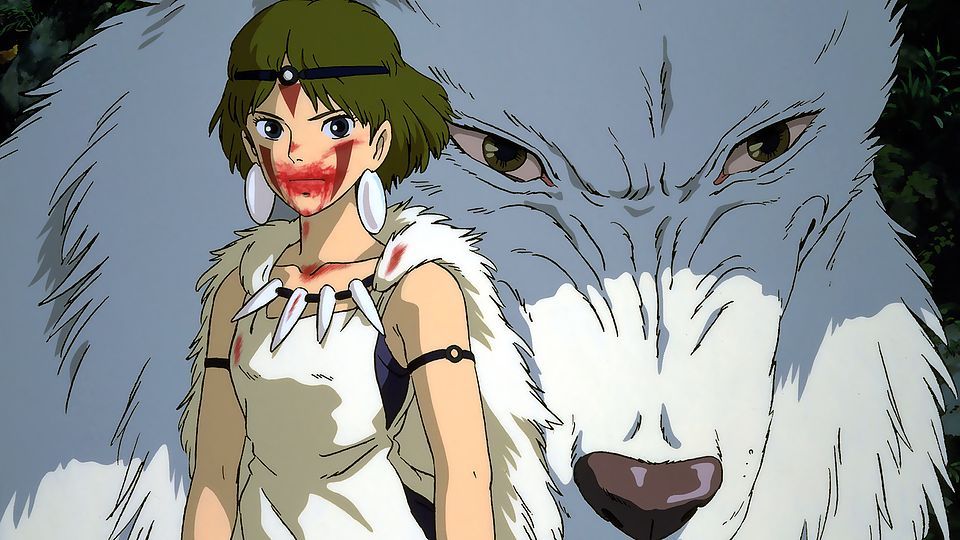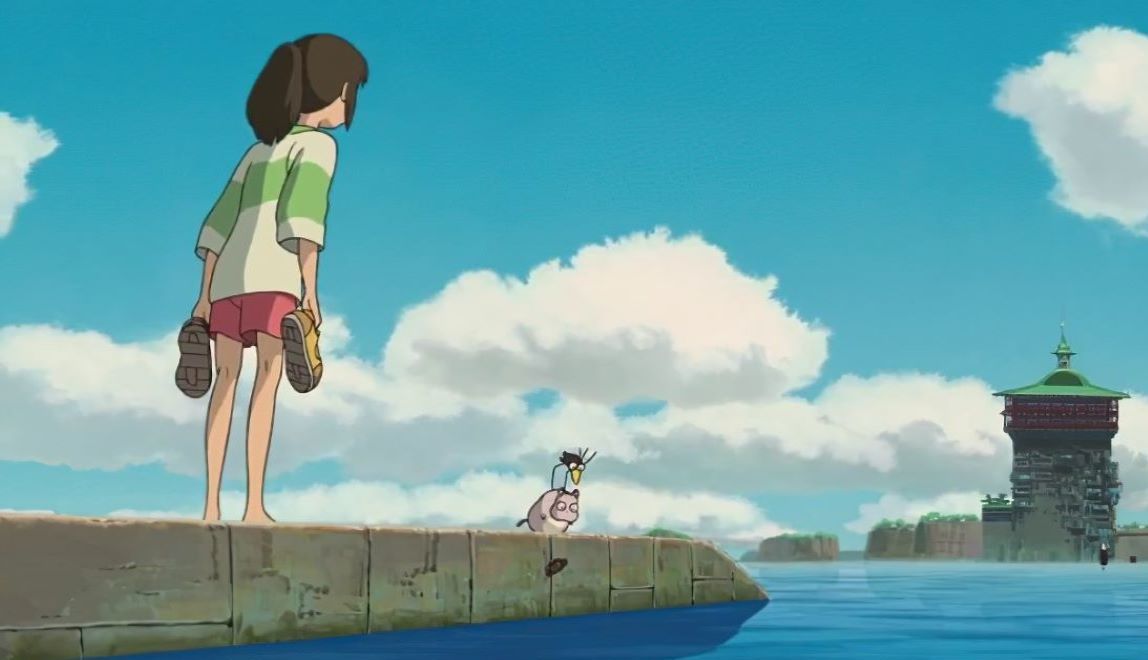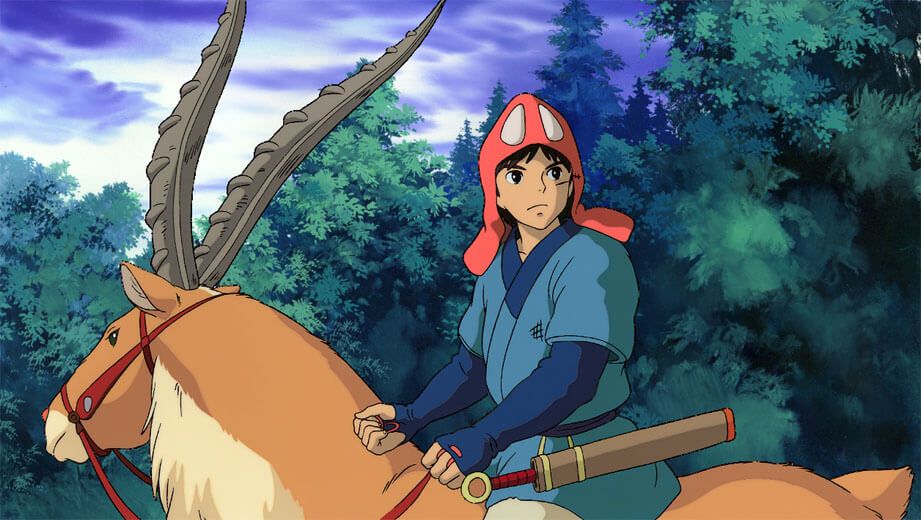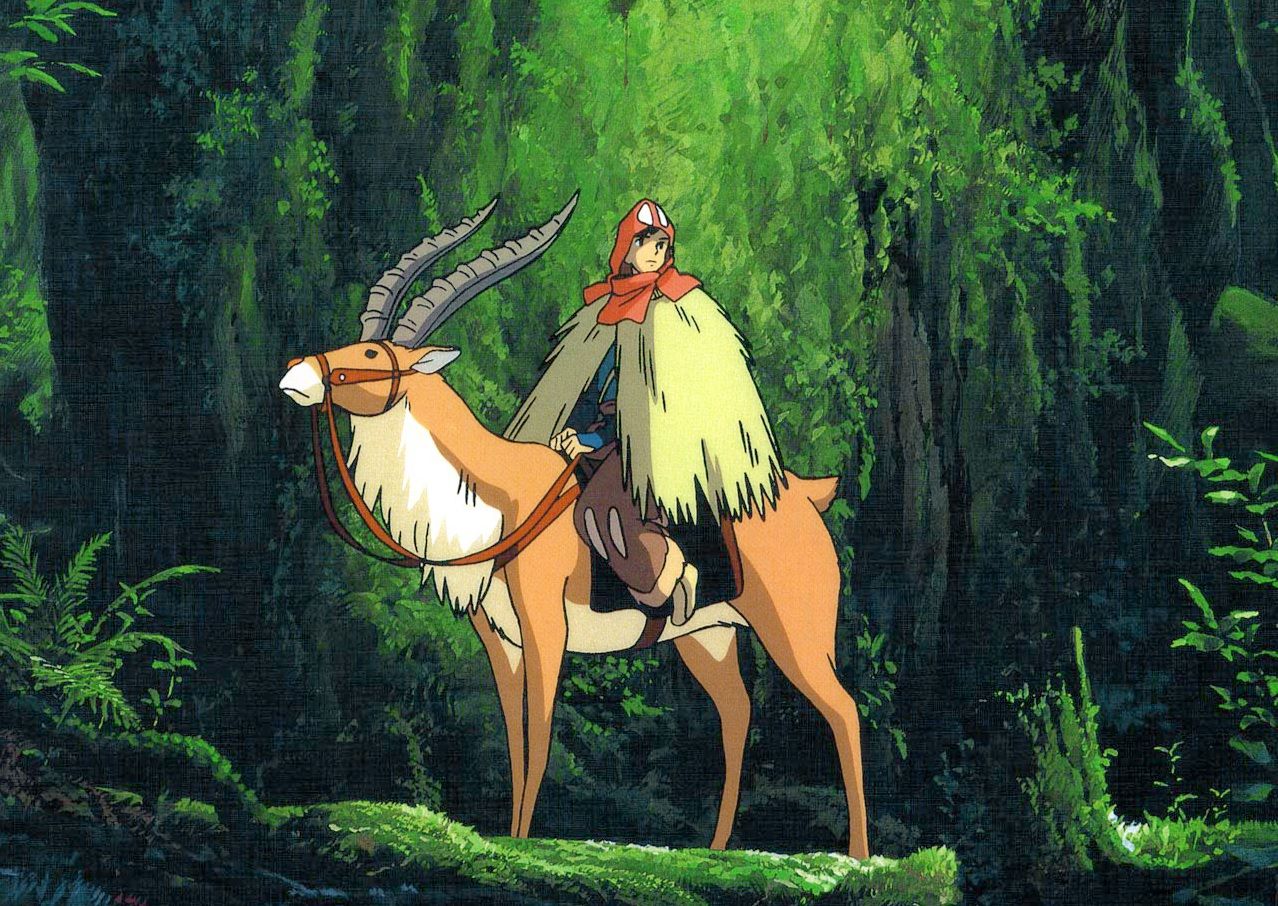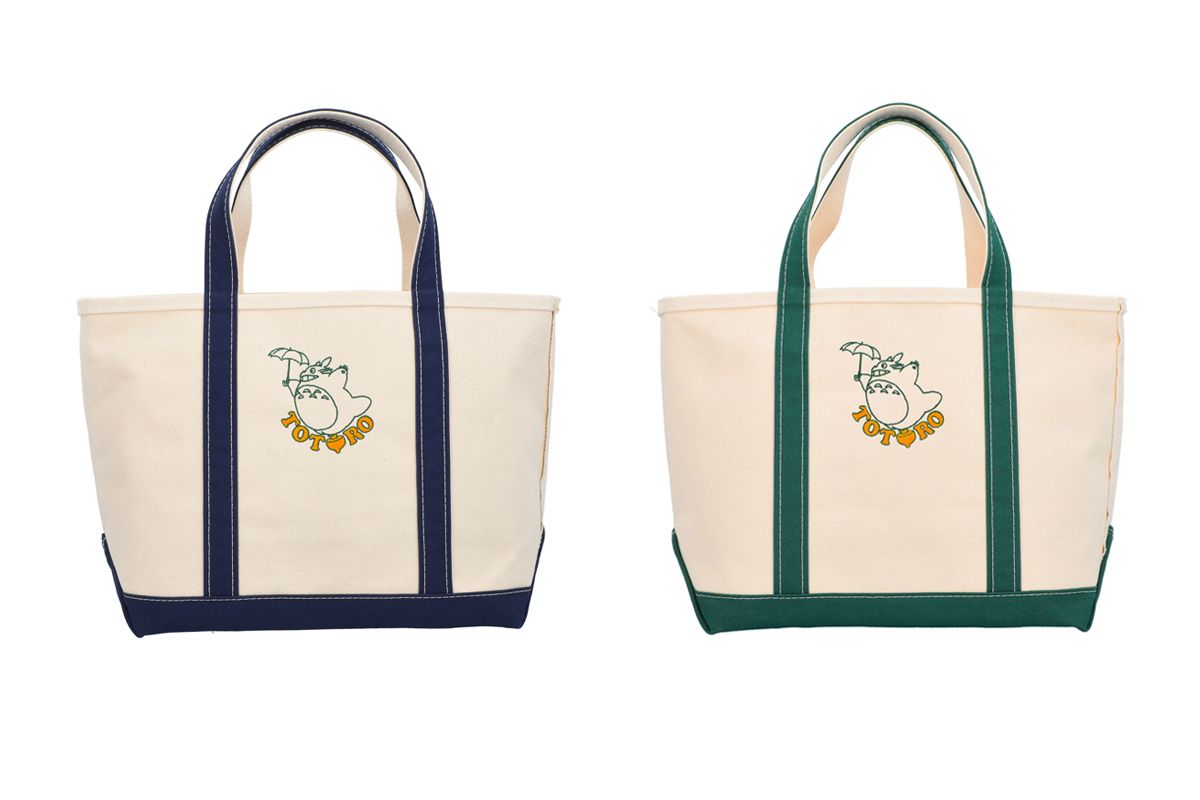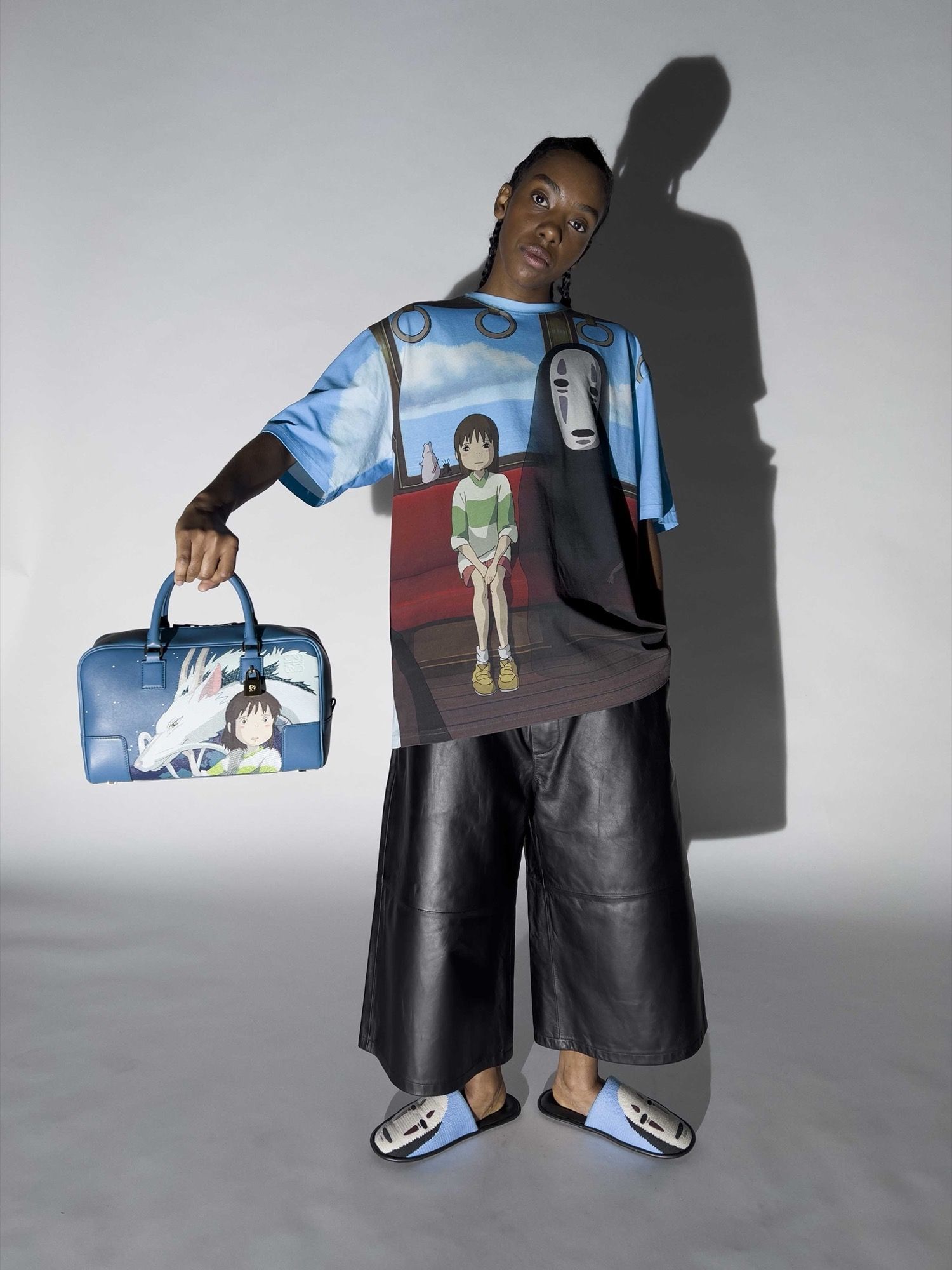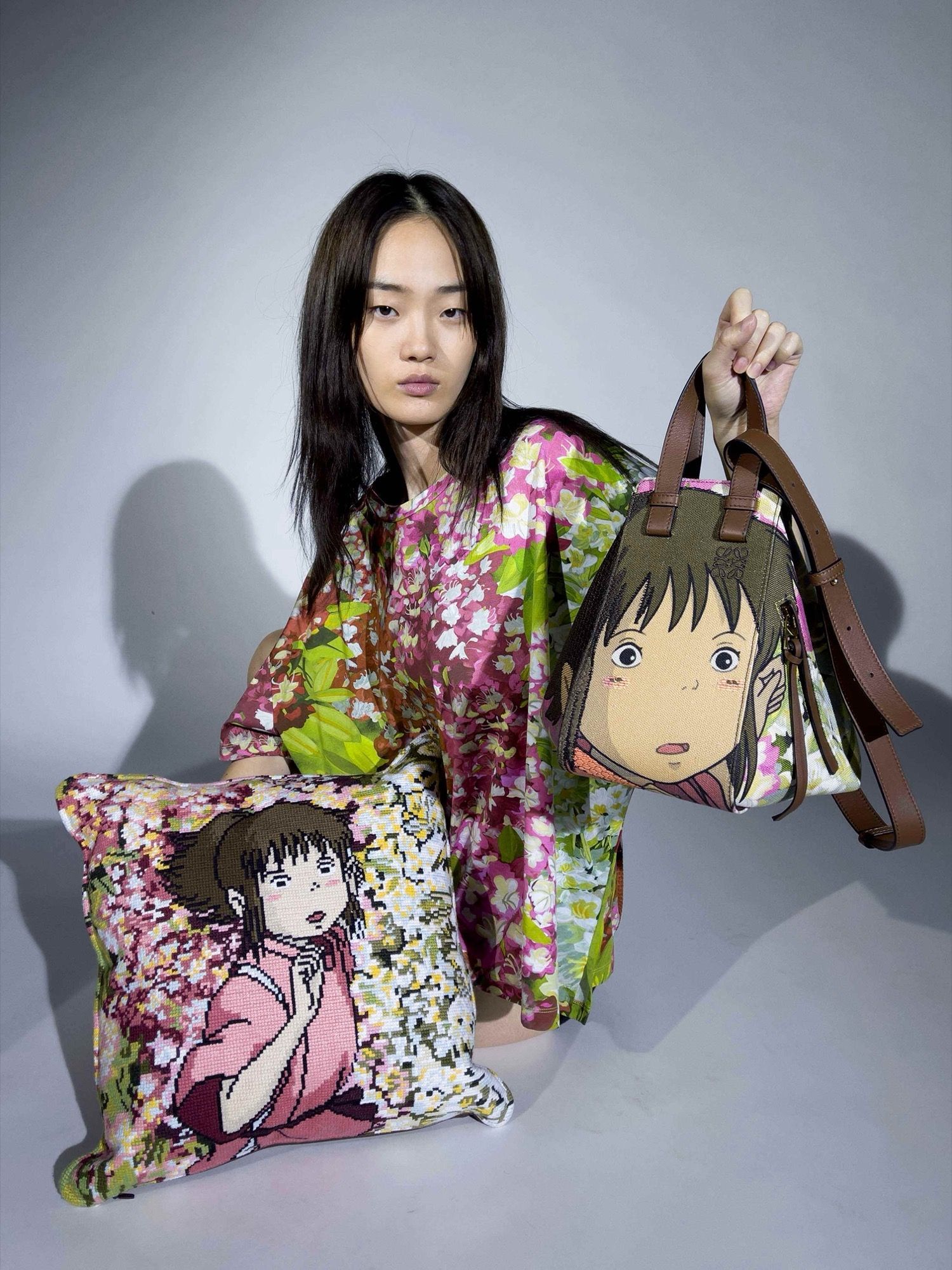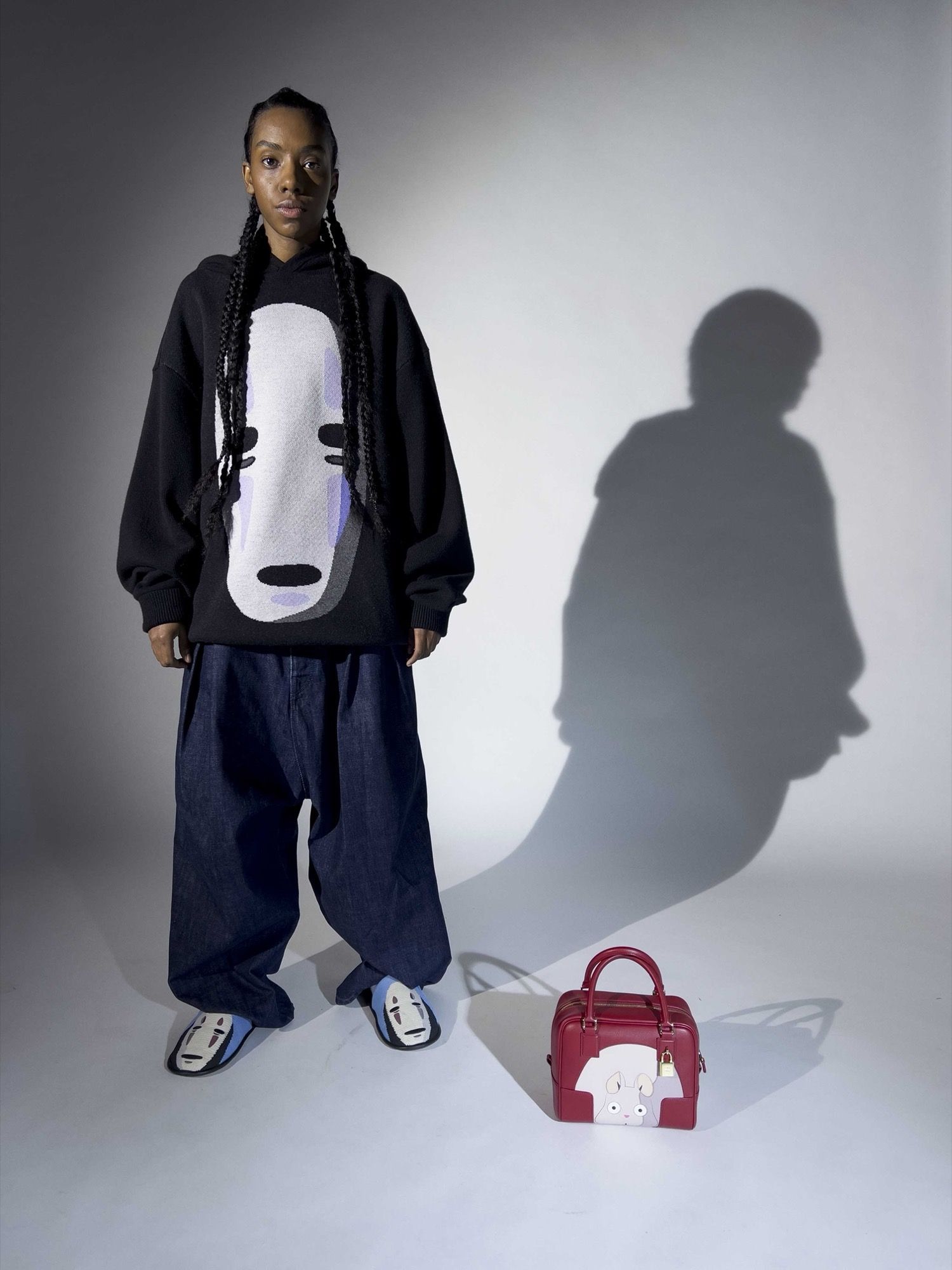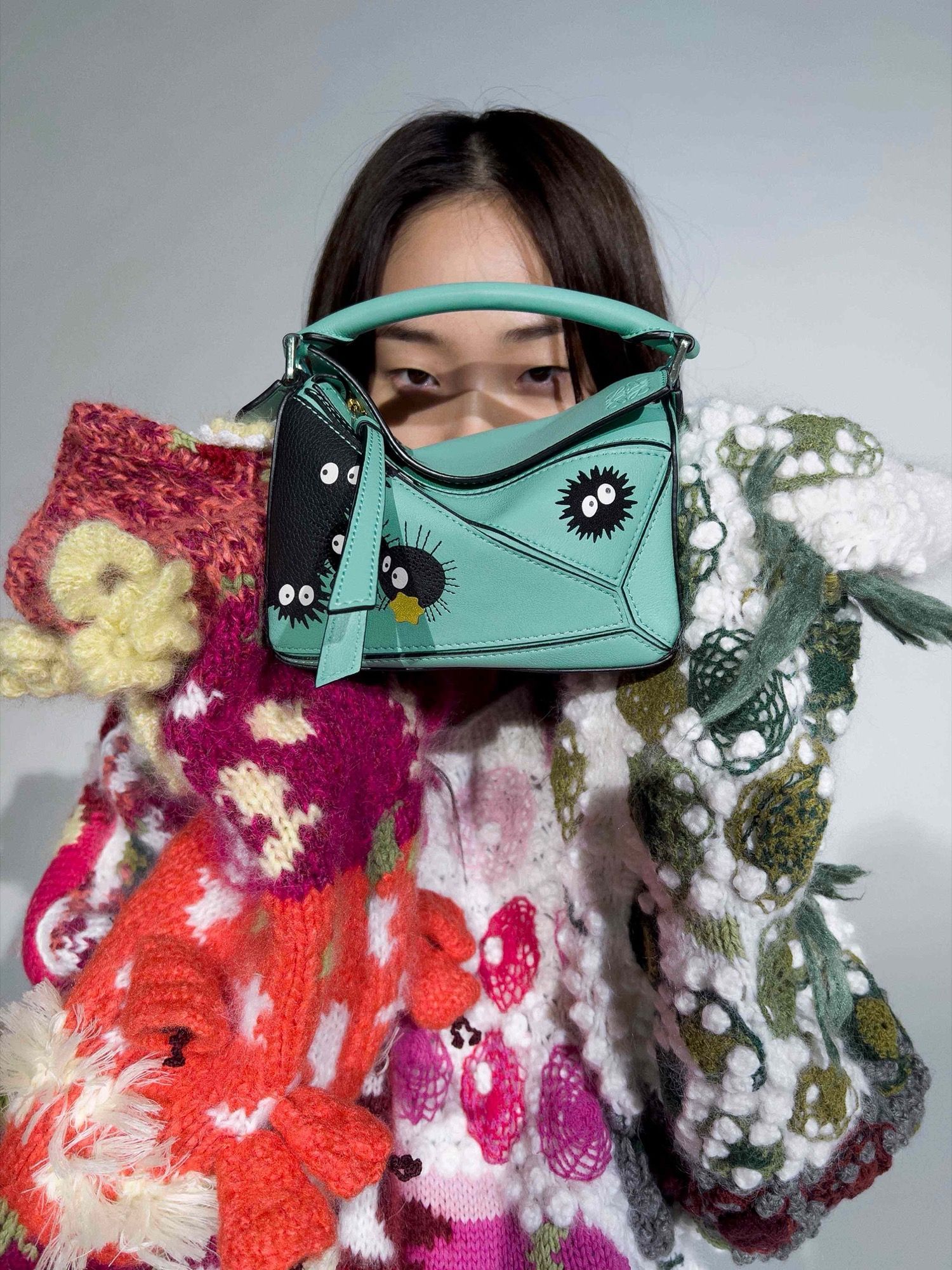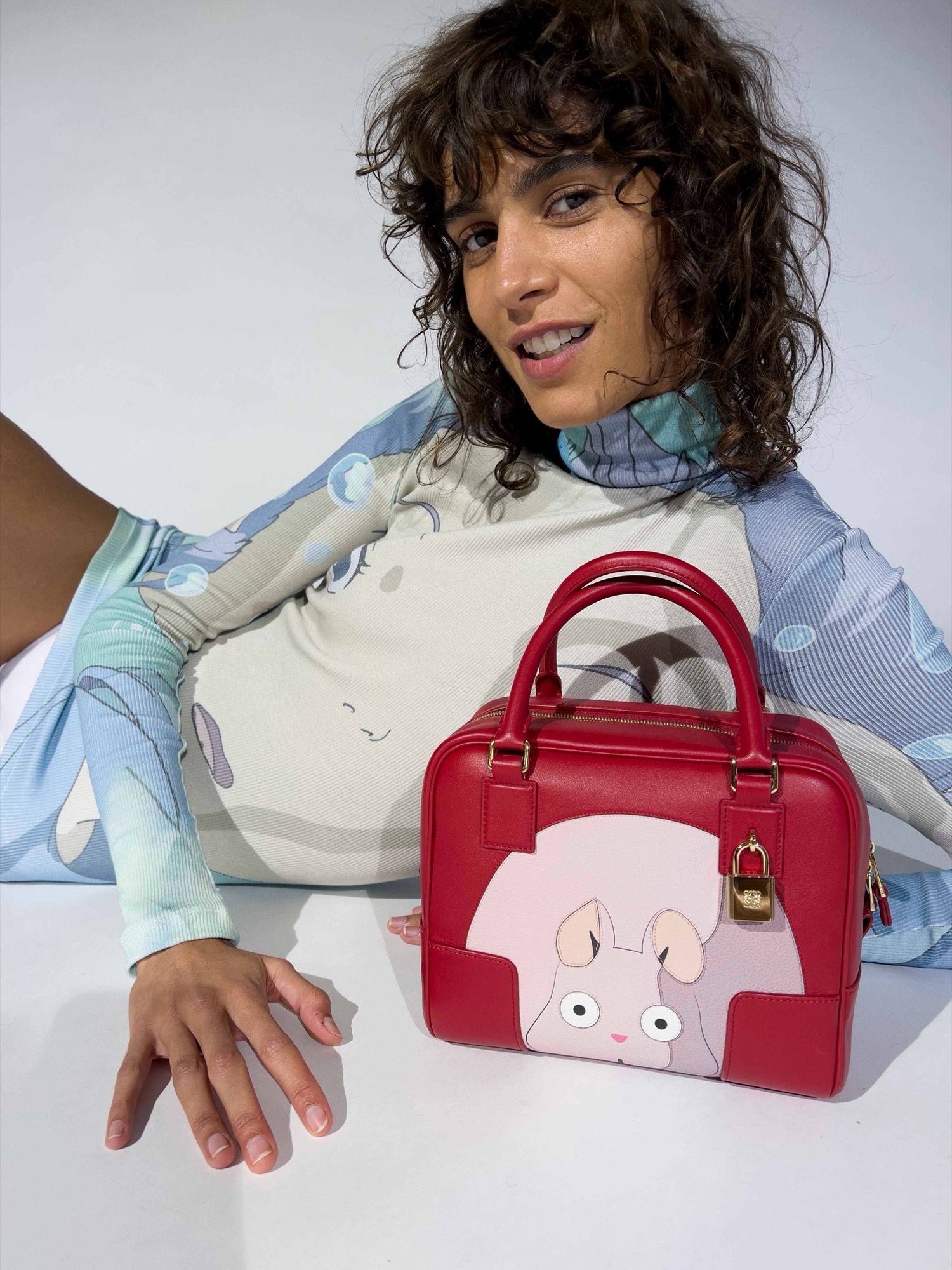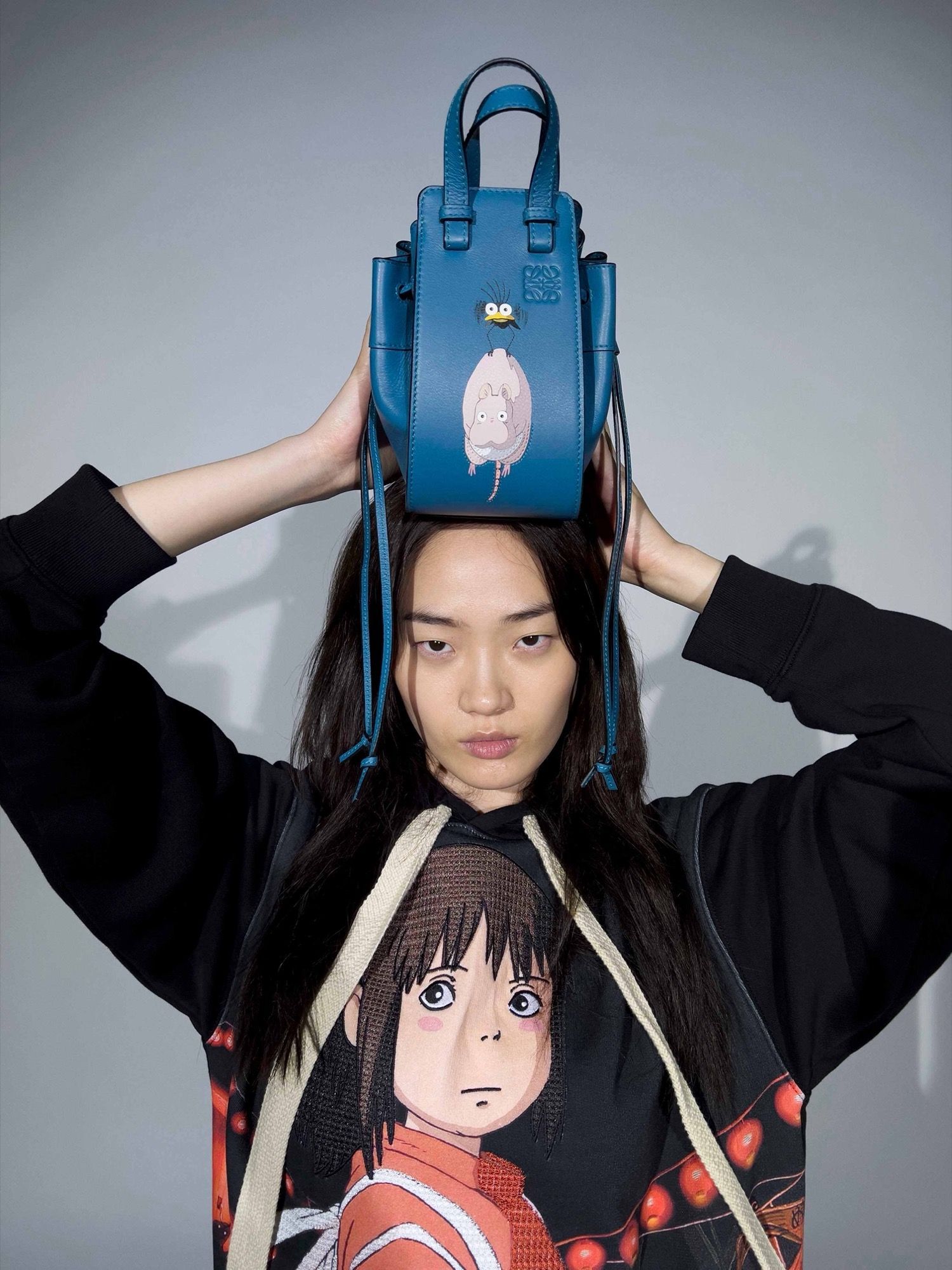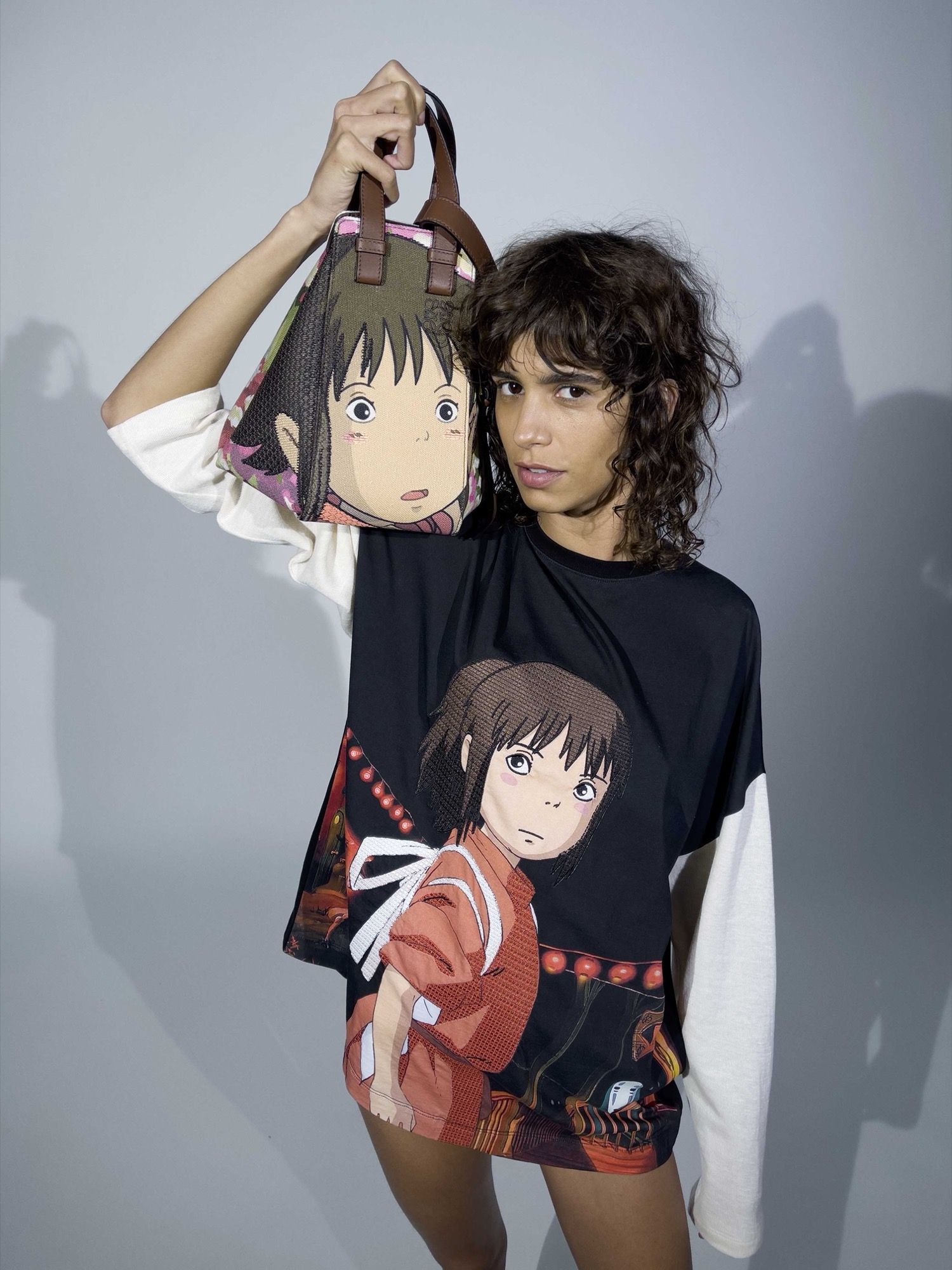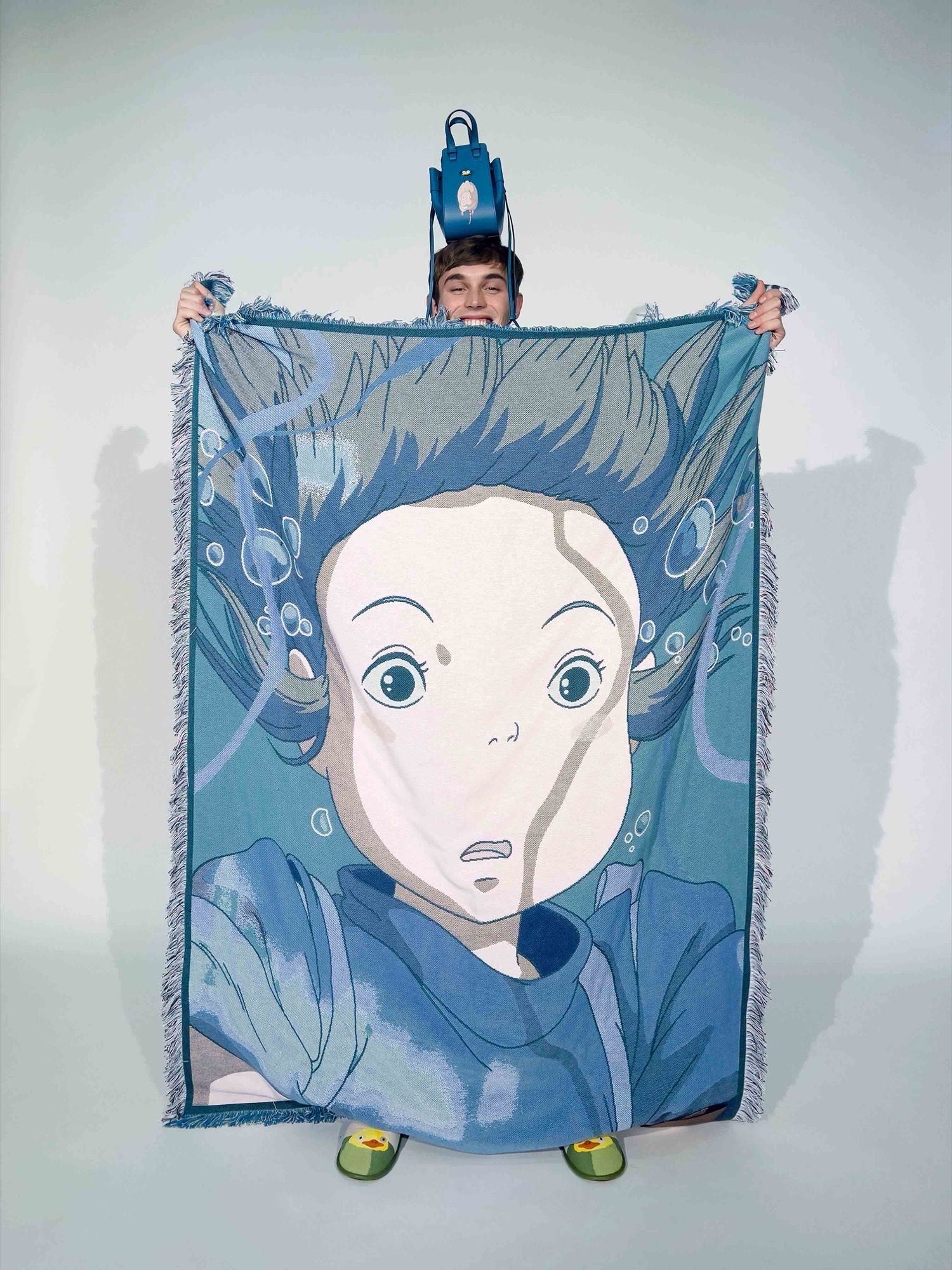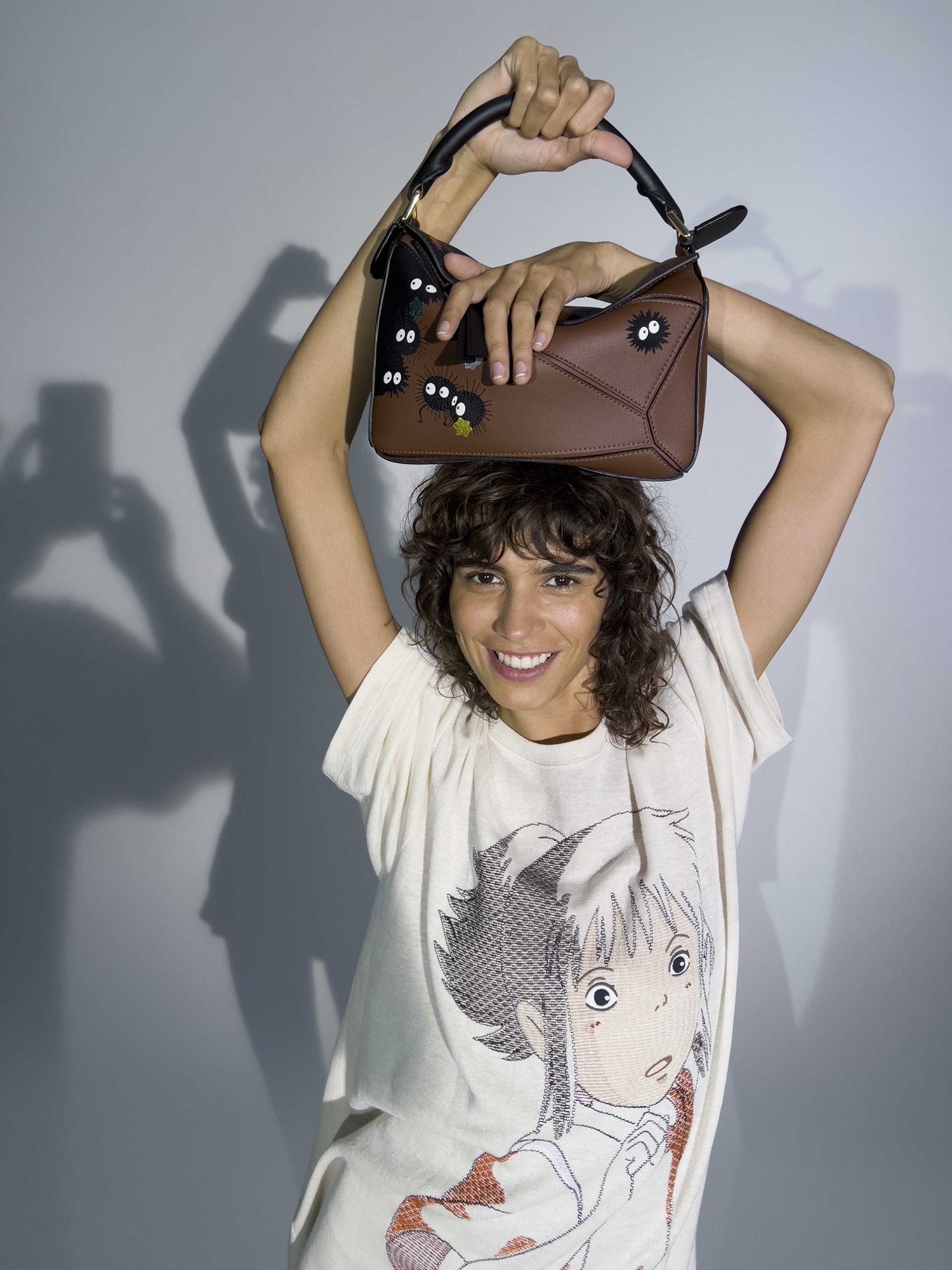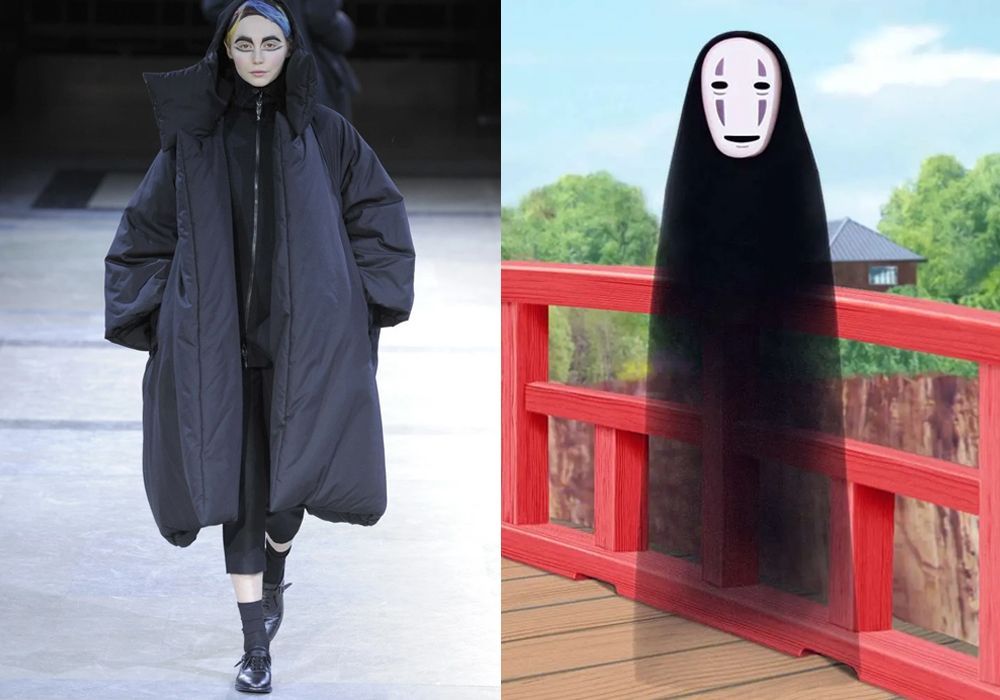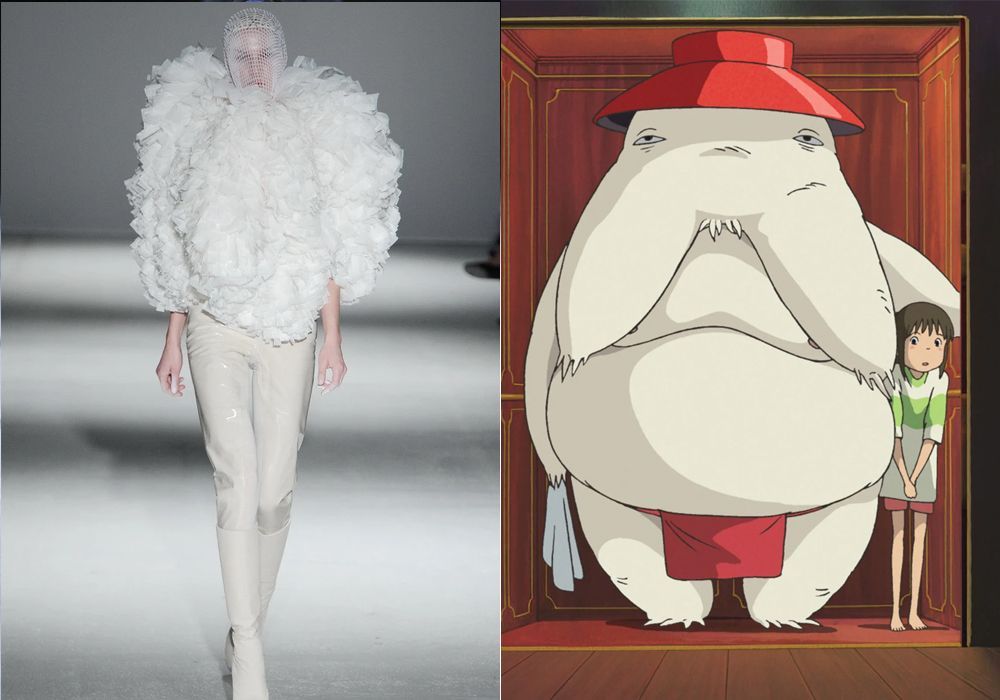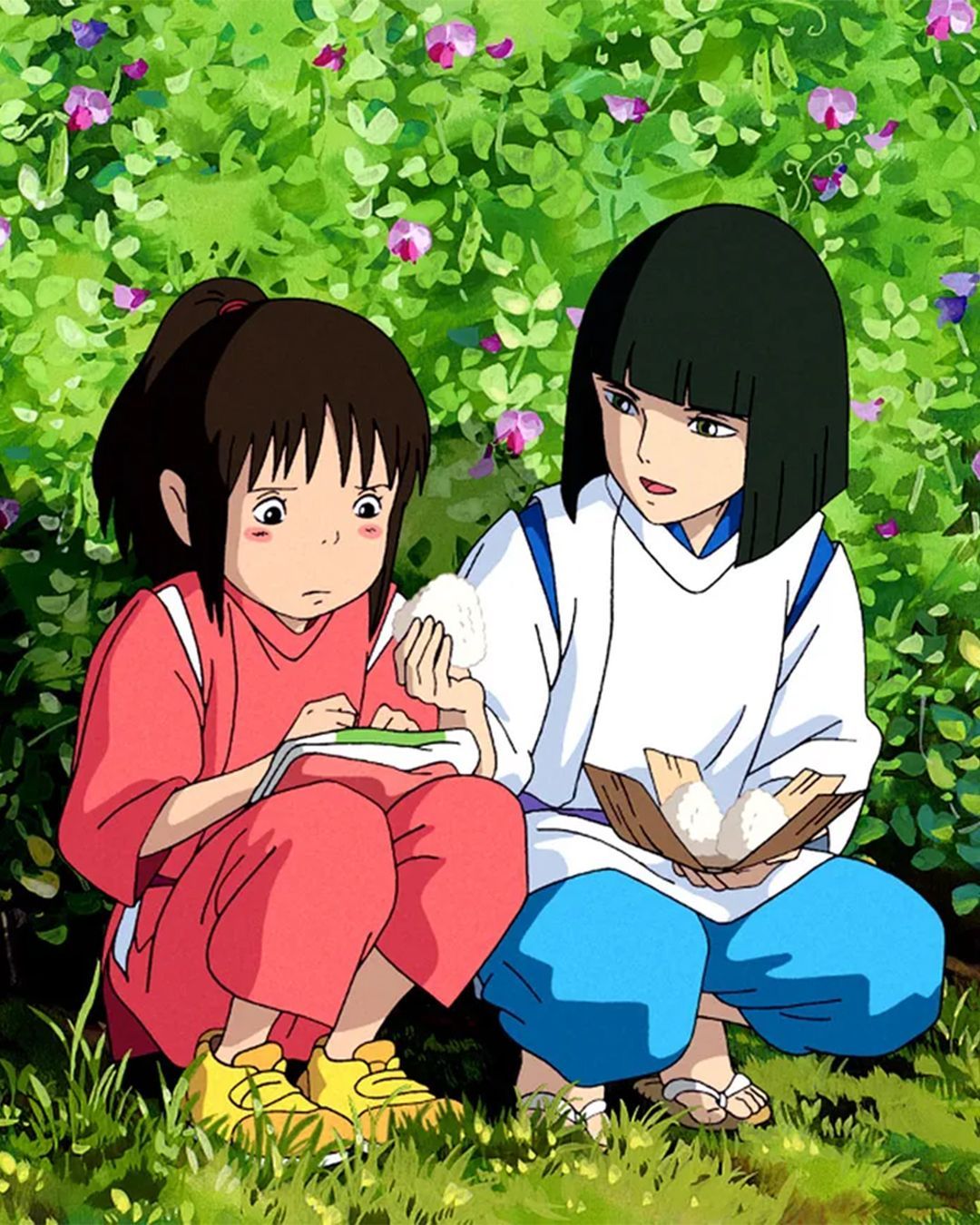
Adornments of Identity: Miyazaki's Storytelling Costumes When fashion crosses the screen
From Nausicaä on her futuristic glider to Princess Mononoke on her giant wild wolf and Chihiro crossing the forbidden city on the back of the dragon Haku. Miyazaki has revolutionized animation, producing iconic works like "My Neighbor Totoro" and "Spirited Away", the latter winning an Oscar. Studio Ghibli, created with his colleague, Isao Takahata, explores universal themes through films that combine melancholy and wonder, and was honored in 2024 with a Palme d’Or d'honneur at the Cannes Festival. These films do not merely animate stories but invite reflection on personal growth, environmental impact, and the complexity of human relationships. These characteristics are often discussed, but do you know where the iconic director of the studio draws his inspiration for the fashion style of his unique characters?
In "Howl's Moving Castle" by Hayao Miyazaki, costumes play a key role, not only embellishing the film but subtly revealing the traits of its characters. The case of young Sophie and her pathological shyness is visually evident from the first scenes of the film, where she hides her face under a hat. She is dressed in a Victorian style, with high laced boots, a dress with a lace petticoat, another collar and a buttoned front. Set in a fabulous 19th century, the film transposes the ideal and romantic vision that young Japanese have of Europe at the time, which has given rise to the widespread subculture of Gothic Lolita. The washed-out hue of her blue dress is a window open to her perception of a monotonous life, while expressing her latent desire for a more thrilling world. Miyazaki's films often use costumes to communicate more than personality; they also indicate social status and cultural belonging. The young prince Ashitaka, in "Princess Mononoke", is a striking example. Heir to the vanished Emishi tribe, he wears a Gho, a traditional garment from Bhutan dating back to the 17th century. Miyazaki chooses to draw inspiration from the outfits of ethnic minorities to create a visual link with a distant and unknown past. This clothing choice enriches the historical and cultural context of the film, while highlighting Miyazaki's meticulousness in constructing his animated worlds. Let's return to the director's most important work, "Spirited Away". Again, we find a relationship between the message and the attire of protagonist Chihiro, introduced in typical pre-teen attire from the 2000s at the start of the film, with a green striped T-shirt matched with a pink shorts. She subsequently finds herself in a forced pink uniform working for the witch Yubaba who renames her "Sen". This change of clothes marks the self-improvement the young girl must undertake. A feature that the director loves to use, which we find in his latest film "The Boy and the Heron" with Notsuko. At her first appearance, she captures attention with an outfit remarkable for its bright color and distinct patterns, but towards the end of the film, her clothes become more flexible and less formal. Representative of her internal conflicts and her gradual fading, she wears, in one of the final scenes, a white dress that gives her an almost ghostly appearance, symbolizing her inevitable fading.
We can also talk about gender and clothing in the studio's films. In an initial scene of "The Boy and the Heron", Mahito Maki goes to school, perfectly illustrating the gendered division of society through the students' clothing: the boys, grouped on one side, wear dark tones, while the girls, on the other, wear colorful kimonos. This contrast in clothing can be interpreted as a critique of the rigidity of social norms in Japan, a theme dear to Miyazaki who frequently celebrates heroines freed from gender stereotypes. In his works, female figures like the warrior of Princess Mononoke in hunter attire or Nausicaä in a practical suit contrast with male characters such as the wizard Howl from "Howl's Moving Castle", whose androgynous style breaks conventions, merging masculine elegance and traditionally feminine attributes such as green earrings. These clothing nuances are not just aesthetic choices; they reflect a deep critique of gender norms and an invitation to rethink assigned social roles.
The fashion universe depicted in the director's films does not merely reflect a range of diverse influences but tells us about character, status, and message; over time, it has become a source of inspiration for several designers like Jonathan Anderson with Loewe, who will produce 2 capsule collections in collaboration with the studio, L.L Bean, and other brands that will not comment on the influences of certain looks but where we can see obvious similarities. This phenomenon illustrates how cinematic imagination can transcend the screen to permeate the world of fashion.










































